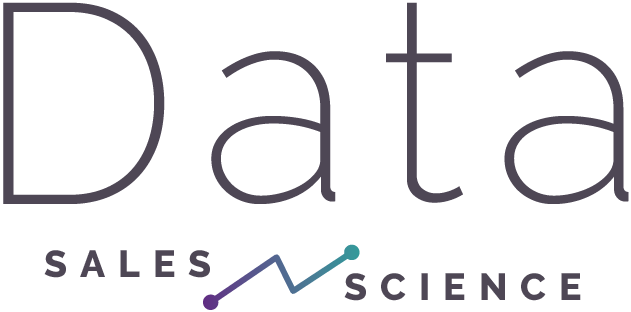It’s a time honored mantra of sales leaders, “time kills deals”.
From this, funnel velocity is arguably one of the most important metrics you can measure your sales staff on. The question remains, what is the easiest way to analyze the data to present to a manager that turns it into action.
My go to analysis is a modified cohort analysis. By way of definition, a cohort is simply a group with shared characteristics that are tracked over time.
Depending on what you want to look at you can use any time scale such as days, weeks, months or even years on the horizontal axis. On the vertical axis I “plot” my conversions such as new leads to qualified opportunities or qualified opportunities to won opportunities.
Illustrated below, I use months and look at the raw conversion numbers within the month, 1 month out, 2 months out etc. In this way I can see how the January cohort compares to the April cohort. None of the data is real in any way.
A bit clearer;
for the January Cohort
- same month = January,
- @ 1 month = February,
- @ 2 months = March etc…
for the April Cohort
- same month = April,
- @ 1 month = May,
- @ 2 months = June etc…
From this graph I can easily see that conversions in month January is much greater than in month April, however at 2 months out, eg conversion for the January cohort that happened in March and conversions from the April cohort that happened in June are roughly equal.
So what happened in April?
From the looks of it, the reps may have been overwhelmed since the of the 4 months with conversions happening in April (January 3 months out, February 2 months out, March 1 month out, and April same month) 2 months were low (January and April) whereas 2 were similar other months (February and March).
This is great for raw data, however what I have found that different managers want different outputs such as;
- cumulative results (eg where “@ 3 months” the value is the sum of all previous months),
- percentages,
- cumulative percentages,
- defined goals with a heat map overlaid, or
- a combination heat map and values or percentages.
My preference is to prepend the cohorts with a total, open / unconverted, and values that hit an endpoint that will never convert. This allows the managers to quickly see is how their funnels are flowing. Again these numbers can be percentages, cumulative sums, cumulative percentages, and or heat maps. Again, the data is all random.
Be creative with your cohorts.
The cohorts can be filtered by industry, territory, or whatever you want to measure through time by raw value, percentage, sums, heat maps etc…


Leave a Reply